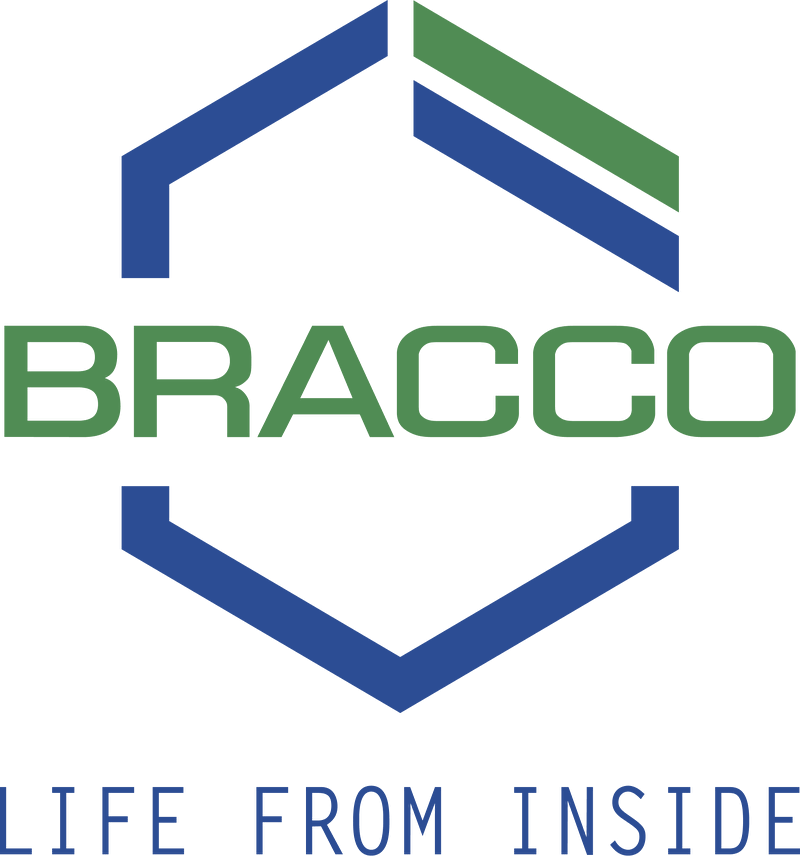Have a Question?
Cases when repeat diagnostic coronary angiography can be submitted — documentation needed
Q.
I have a question about charging a diagnostic heart catheterization with a coronary intervention. I know that if it is a staged procedure, we don’t charge it and I know we can charge for it if one has been done prior, but the doctor dictates the reason they are doing it again. My question is if there is a certain time frame that we must wait before we can charge for it again? An example would be if a patient is sent home to be treated medically and they come back within a month because the symptoms aren’t getting better. We know we must fix something, but it’s not really staged. I have read the notes on this but there is no clear time frame stated. We have even had them return a couple of months after the initial angiogram because they aren’t better. Would we charge an angiogram again? I would think there is some type of time frame when we can charge again.
A.
There is no time frame specified. It all comes down to documentation. If you have performed a diagnostic heart cath in the past and nothing has changed with the patient’s condition, and the anatomy is well seen on the previous exam, then you shouldn’t bill for a new diagnostic study. But if the patient has tried a medical intervention in the meantime, that is really a change in condition – medication was tried, the condition remains or is worse. Additionally, if the previous angiogram didn’t show the anatomy of the problem clearly, and that is documented, then a new exam is appropriate. But that all must be documented. If there has never been a diagnostic angiogram (or computed tomography angiography [CTA] for Medicare patients), and you do perform one, but the doctor doesn’t document the decision to intervene before going into the therapeutic procedure, then the diagnostic exam isn’t billable even though the patient never had a diagnostic heart cath before. If the doctor’s dictation only “confirms” a known problem, then that is road-mapping and not a diagnostic exam.
Again, it all comes down to documentation. If a patient has a diagnostic heart cath and intervention on one day and the next day returns because of worsening pain (or even the same day), or pain in another area, you could code for another diagnostic exam if it is documented appropriately. On the other hand, if the last angiogram was four months ago, but the doctor doesn’t document why a new one is necessary, it shouldn’t be billed.
The following is from the coronary intervention section of CPT®, but there is similar instruction in the peripheral intervention section as well.
Diagnostic coronary angiography codes (93454–93461) and injection procedure codes (93563–93564) should not be used with percutaneous coronary revascularization services (92920–92944) to report:
- Contrast injections, angiography, road mapping, and/or fluoroscopic guidance for the coronary intervention.
- Vessel measurement for the coronary intervention, OR
- Post-coronary angioplasty/stent/atherectomy angiography, as this work is captured in the percutaneous coronary revascularization services codes (92920–92944).
Diagnostic angiography performed at the time of a coronary interventional procedure may be separately reportable if:
- No prior catheter-based coronary angiography study is available, and a full diagnostic study is performed, and the decision to intervene is based on the diagnostic study, OR
- A prior study is available, but as documented in the medical record:
- The patient’s condition with respect to the clinical indication has changed since the prior study, OR
- There is inadequate visualization of the anatomy and/or pathology, OR
- There is a clinical change during the procedure that requires new evaluation outside the target area of intervention.
